
Everyone loves the harbinger of spring
[caption id="SnowdropsandStrangeGalanthophiles_Feature" align="aligncenter" width="1024"]
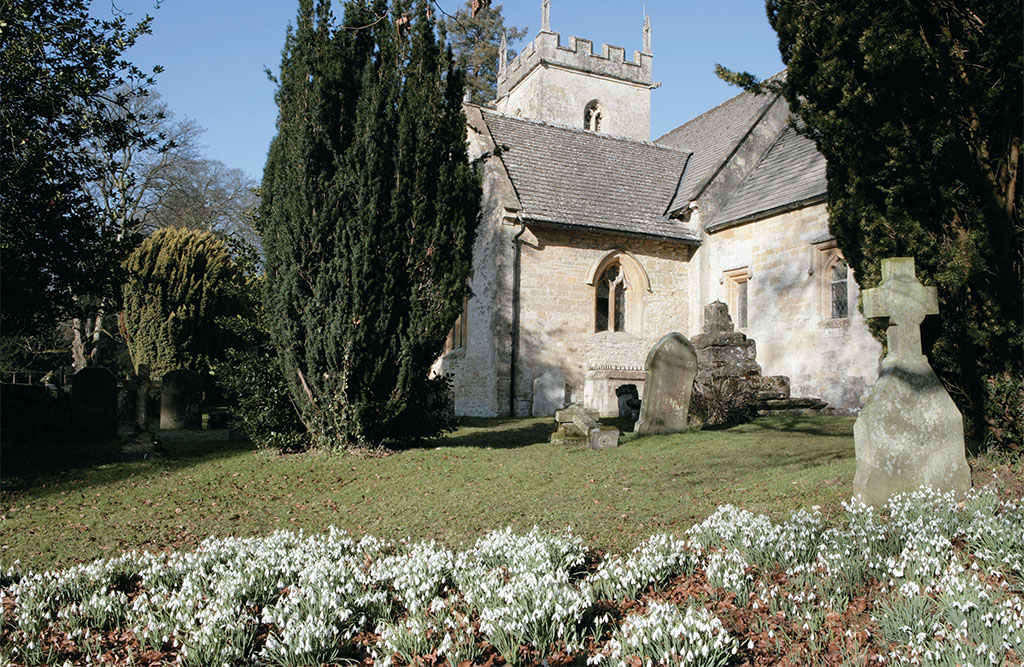
PHOTOLIBRARY.COM
[caption id="SnowdropsandStrangeGalanthophiles_img1" align="aligncenter" width="432"]
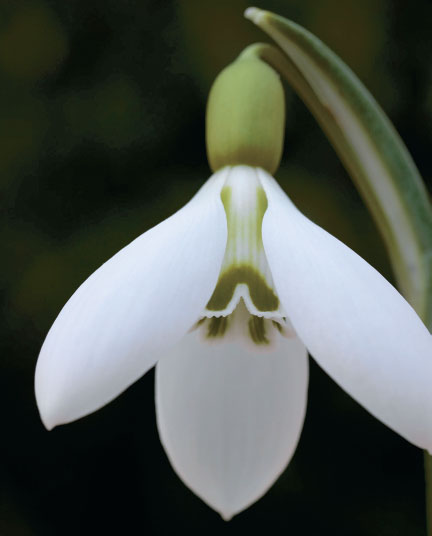
PAUL FELIX
[caption id="SnowdropsandStrangeGalanthophiles_img2" align="aligncenter" width="421"]
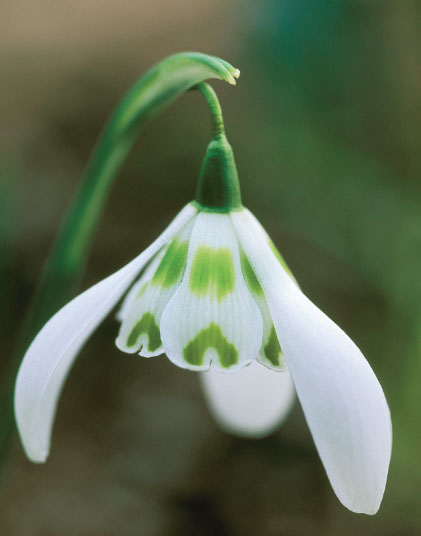
PAUL FELIX
[caption id="SnowdropsandStrangeGalanthophiles_img3" align="aligncenter" width="432"]
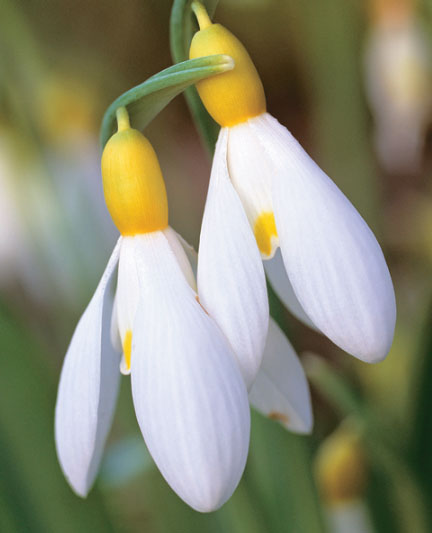
PAUL FELIX
[caption id="SnowdropsandStrangeGalanthophiles_img4" align="aligncenter" width="422"]
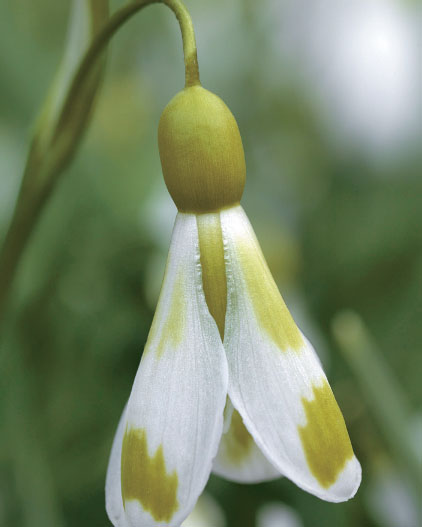
PAUL FELIX
“Three old ladies from Perth arrived on a day trip one afternoon at 4 p.m. They said the journey was a little farther than they had thought—401 miles. They had a quick scamper and then vanished again because they had to get home to let out the dog.”
Sir Henry Elwes and his wife, Carolyn, tell this tale with mirth, but with far less surprise than you might think. People do travel great distances each February to view their 10-acre garden at Colesbourne Park, midway between Cheltenham and Cirencester in Gloucestershire. The draw? Thousands of white snowdrops that brighten the gloomiest midwinter.
Even with a searing wind cutting you in half, you’ll find huddles of galanthophiles (from the genus galanthus, or snowdrop) bent inspecting the detail of these delicate blooms. Colesbourne Park, described as “England’s greatest snowdrop garden,” boasts more than 250 varieties: A dazzling, honey-scented blizzard to the uninitiated; for the galanthophile, an exhilarating chance to discuss minute galanthus characteristics and more shades of white than an Inuit knows.
There’s the luminous, classically proportioned Galanthus “S.Arnott,” perkily named G “Blewbury Tart” and stripy G. “Wasp.” Clones celebrate Elwes family members: G. “Lord Lieutenant” commemorates Sir Henry’s appointment as Lord Lieutenant of Gloucestershire in 1992, for example.
[caption id="SnowdropsandStrangeGalanthophiles_img5" align="aligncenter" width="149"]
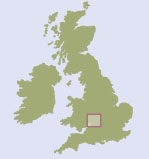
“Snowdrops are terribly promiscuous and ours have mingled and married,” Sir Henry says affectionately as he surveys the vast variety. Scratch the peaceful surface of English village life and who knows what you’ll find! In 1997 following Colesbourne’s earliest snowdrop open days, the original clump of the covetable first yellow cultivar of G. Elwesii, called “Carolyn Elwes,” was stolen. The bulbs were never traced, but the outcry attracted more than 1,600 visitors on the next open day, swamping the village (population: 90-100), causing blocked roads and telephone calls from the police.
“It did mean we raised all the money we needed to hang the parish church bells!” Sir Henry laughs wryly.
In fact, the snowdrop phenomenon at Colesbourne is about more than flowers. It’s a wonderful slice of English rural life. Gardens manager Dr. John Grimshaw and local enthusiast William Fletcher work part time to help the Elweses tend their plants—there’s an arboretum and notable winter color as well as glorious galanthus. Village volunteers also come each year to assist with snowdrop planting, in return for a steaming bowl of soup and some bulbs to take home. Others provide teas for visitors on Snowdrop Weekends, in aid of local charities. The church bells peal and a jolly, fete-like atmosphere blooms around plant sales.
[caption id="SnowdropsandStrangeGalanthophiles_img6" align="aligncenter" width="1024"]
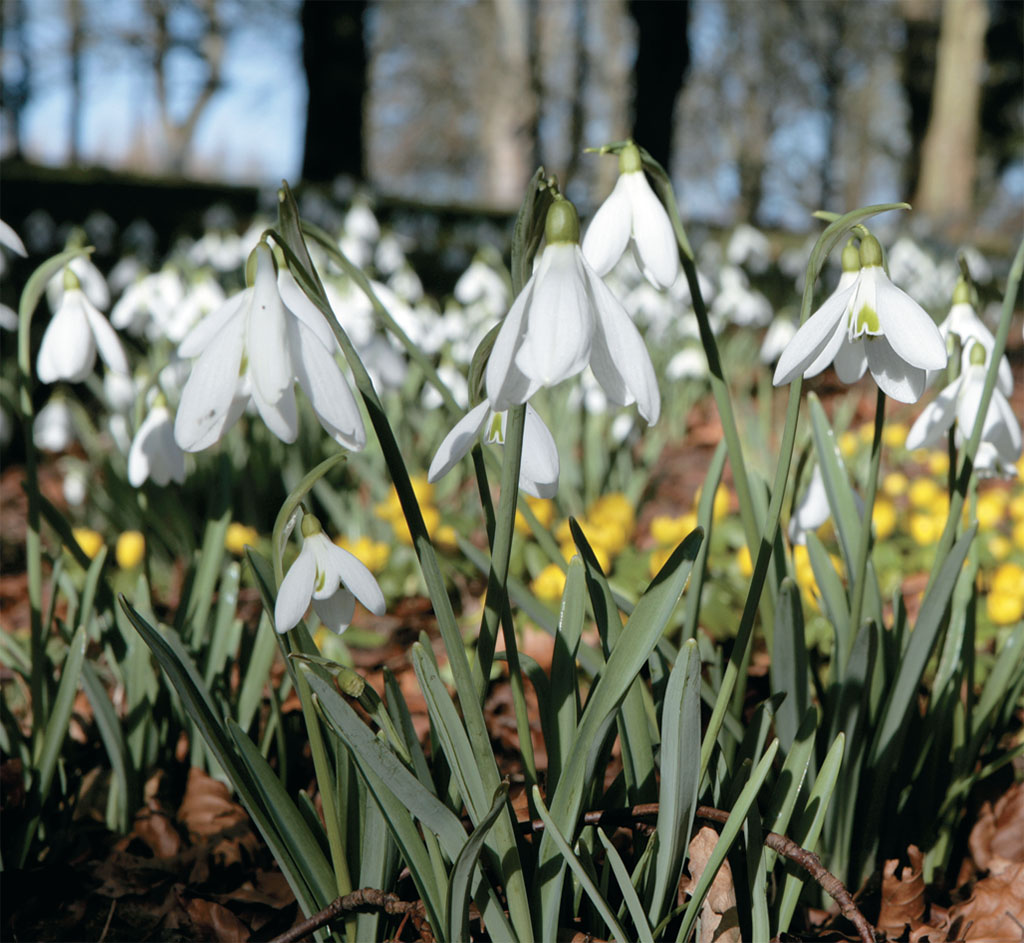
Colesbourne’s history also offers a vignette of admirable English eccentricity, in the shape of Sir Henry’s great-grandfather, the renowned Victorian plant collector Henry John Elwes, FRS (1846-1922). A breathtaking all-rounder, he dabbled in soldiering, then became a travelling naturalist and country gentleman. On an 1874 trip to Turkey, he discovered Galanthus Elwesii—setting him on the way to becoming a prominent galanthophile. At Colesbourne he created a marvellous arboretum, discovered G. “Colesborne” [sic], and built up the finest collection of bulbs in private hands.
Although Colesbourne Park later fell on hard times, Sir Henry, who inherited in 1956, and Lady Elwes threw their energies into reviving the estate. They also got hooked on its snowdrops, which, neglected for decades, had happily benefited from said mingling and marrying.
Gardens manager Grimshaw, co-author of the peerless monograph Snowdrops (www.griffin press.co.uk), believes the Brits’ rampant galanthophilia is more than an expression of their oft noted enthusiasm for gardening. After all, the snowdrop is not the most exotic or striking of plants. Its season may begin in autumn, but it reaches a peak in February, and as such it’s a harbinger of spring—those dainty white flowers strike a chord even with nongardeners.
Their cult has history, too. Some say the Romans brought the first snowdrops to British shores. What is certainly well documented is “the buzz among plantsmen of Henry John’s time, particularly from around 1890 to the beginning of World War I,” Grimshaw says. Victorian pioneers sought out the little blooms, natives of Europe and western Asia, to bring home. Snowdrop parties, lunches and teas became a highlight of the social scene. In the “language of flowers” beloved of that era snowdrops symbolised “hope.”
The great plantsman and garden writer E.A. Bowles (1865-1954) was probably the first to coin the term “Dear Galanthophile,” in a letter to a green-fingered pal, and the name has been used to denote enthusiastic collectors ever since. Many of these men and women are commemorated in the names of snowdrops.
[caption id="SnowdropsandStrangeGalanthophiles_img7" align="aligncenter" width="1024"]
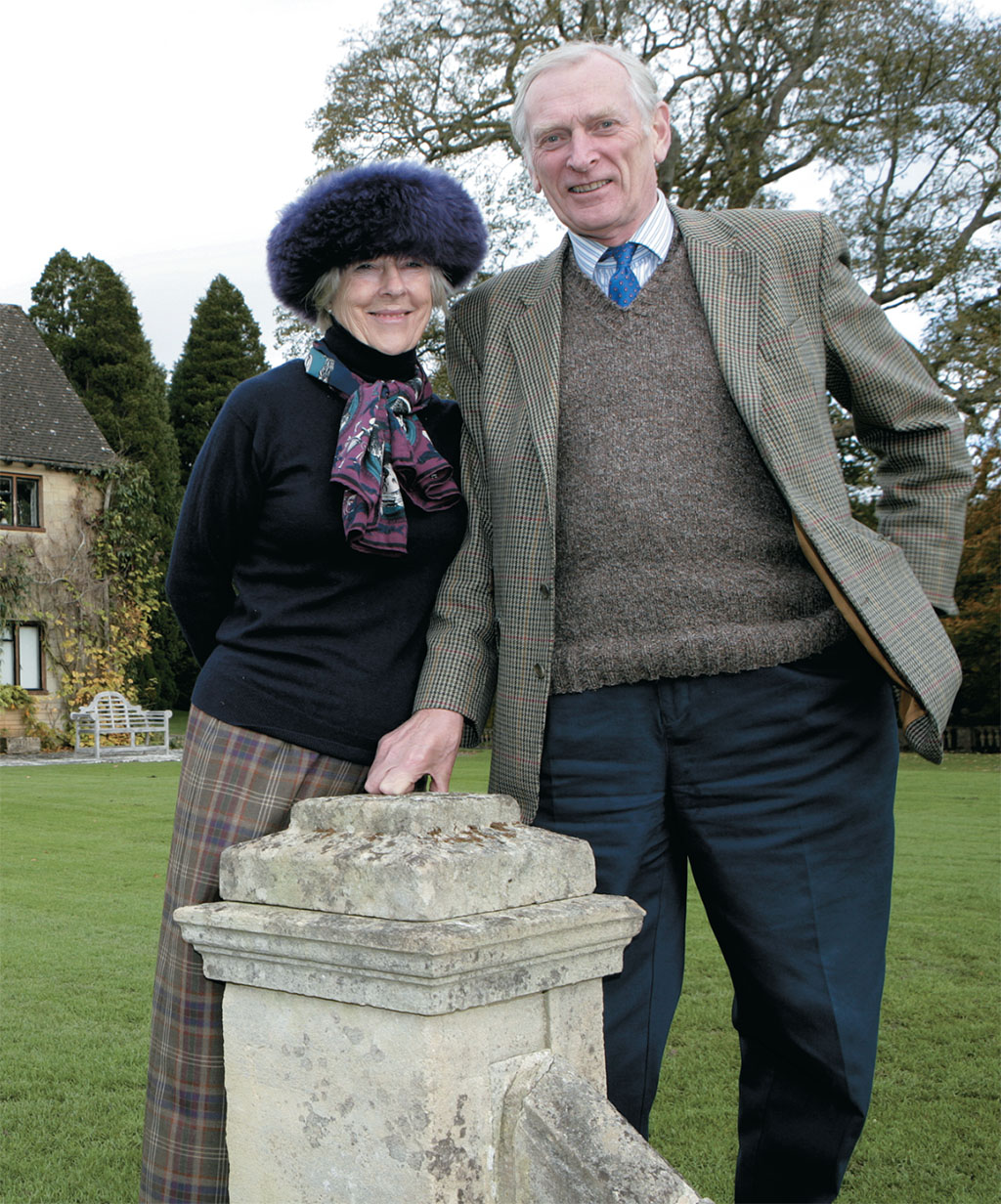
PAUL FELIX
[caption id="SnowdropsandStrangeGalanthophiles_img8" align="aligncenter" width="253"]
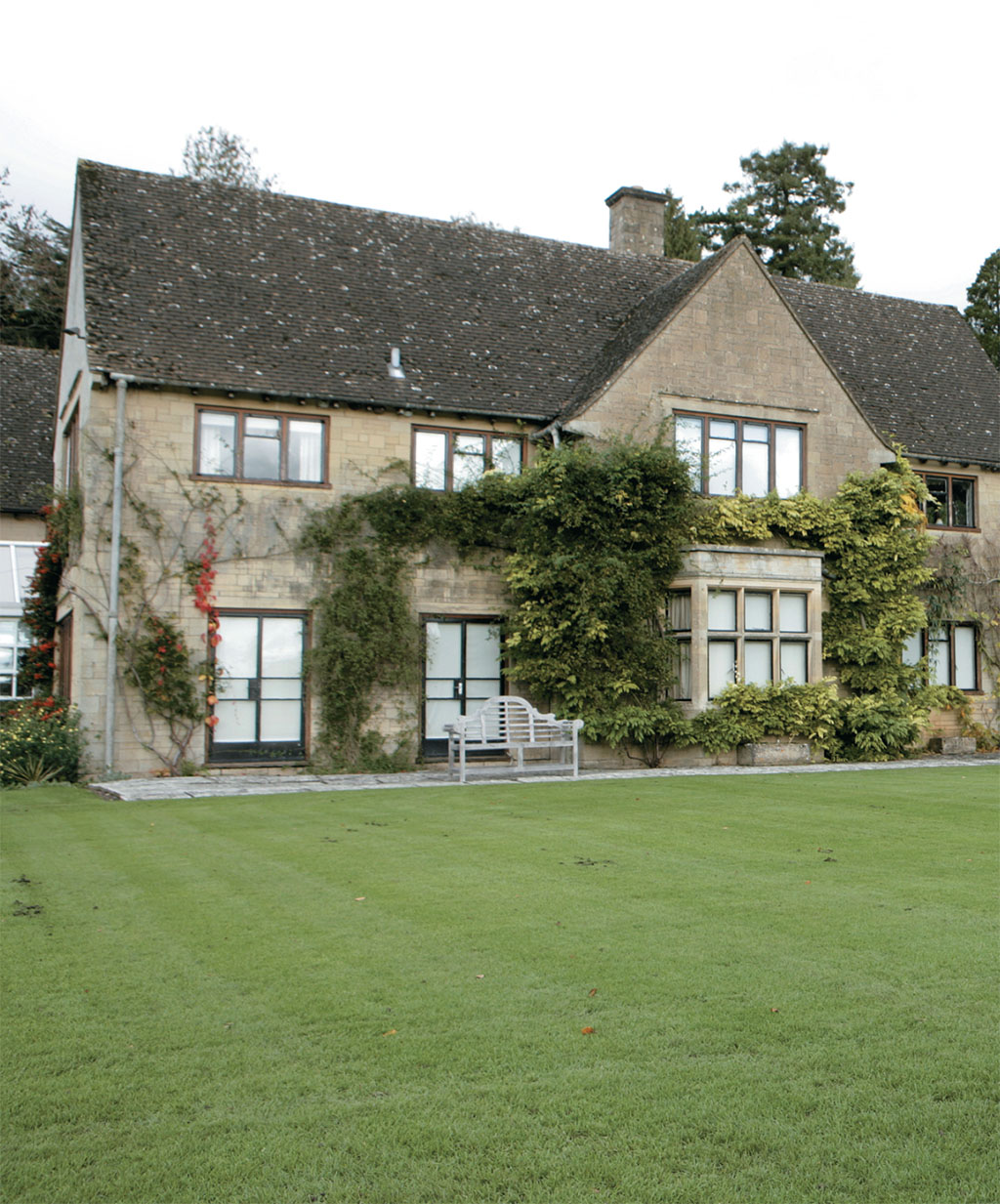
[caption id="SnowdropsandStrangeGalanthophiles_img9" align="aligncenter" width="253"]
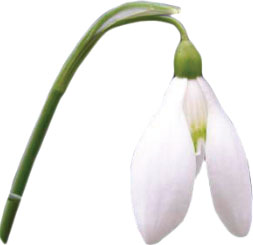
Galanthophile Galavants
Anglesey Abbey, Gardens and Lode Mill Cambridge, Cambridgeshire www.nationaltrust.org.uk/angleseyabbey Rare varieties create a popular display in this classical landscape garden.
Brandy Mount House Gardens Alresford, Hampshire • www.brandymount.co.uk
Michael Baron keeps the National Collections of Snowdrops and Daphnes in this largely informal one-acre setting.
Cambo House Kingsbarns, St Andrews, Fife • www.camboestate.com
Three hundred varieties of specialist snowdrops, with a Snowdrop Spectacular Feb. 1-March 15.
Colesbourne Park Colesbourne, near Cheltenham, Gloucestershire www.colesbournegardens.org.uk
Meet Sir Henry, Lady Elwes and their snowdrop namesakes, or have a tour with John Grimshaw. Snowdrop Days: Last weekend of Jan. and every Sat./Sun. to Feb. 28.
The Garden House Buckland Monachorum, Yelverton, Devon www.thegardenhouse.org.uk
Over 100 cultivars combine with choice hellebores, winter aconites and crocus against a backdrop of fragrant plants.
Kingston Lacy Wimborne Minster, Dorset www.nationaltrust.org.uk/kingstonlacy
Enjoy the frothy view of thousands of snowdrops Jan.-Feb., or maybe step into spring along woodland walks brightened by bluebells, daffodils and fritillaries.
Scotland’s Snowdrop Festival www.visitscotland.com/whiteinvite
Check out which gardens across Scotland turn white and when!
For reasons that aren’t entirely clear, the galanthophile “buzz” burst out again in Britain in the 1990s and shows no signs of abating. Since 1998, Cambridgeshire nursery owner Joe Sharman has run annual Galanthus Galas in different parts of the country—this year at Glen Chantry garden, near Witham in Essex. Lectures and plant sales feature, and Sharman says: “We get an amazing mix of visitors, from titled people to plumbers, all sharing a common love of snowdrops. The galas get information out to a wider audience than traditional snowdrop parties and teas.”
Sharman collects snowdrop memorabilia, much from the “mad, passionate time from 1870 to WWI”: Postcards, funeral goods, plastic snowdrops, lace bobbins, jewellery and “any ceramic you can imagine.” He puts his motivation down to the fact that the snowdrop is “the first flower of the year and no matter how miserable it is, spring is coming. Also, gardeners are less busy when snowdrops appear so they have time to study the flowers’ details.”
Yet even he is baffled at some of the prices at which snowdrops change hands. “£265 for a bulb two season ago!” he exclaims. Many are simply swapped—another aspect of the snowdrop phenomenon— among a countrywide galanthophilic network.
Colesbourne’s Dr. Grimshaw says it’s impossible to pinpoint the genuine number of named snowdrops—500 cultivars are described in his monograph. But since its appearance in 2002, he and his coauthors have verified 700-800 new ones. Plenty more for collectors to hunt!
[caption id="SnowdropsandStrangeGalanthophiles_img10" align="aligncenter" width="1024"]
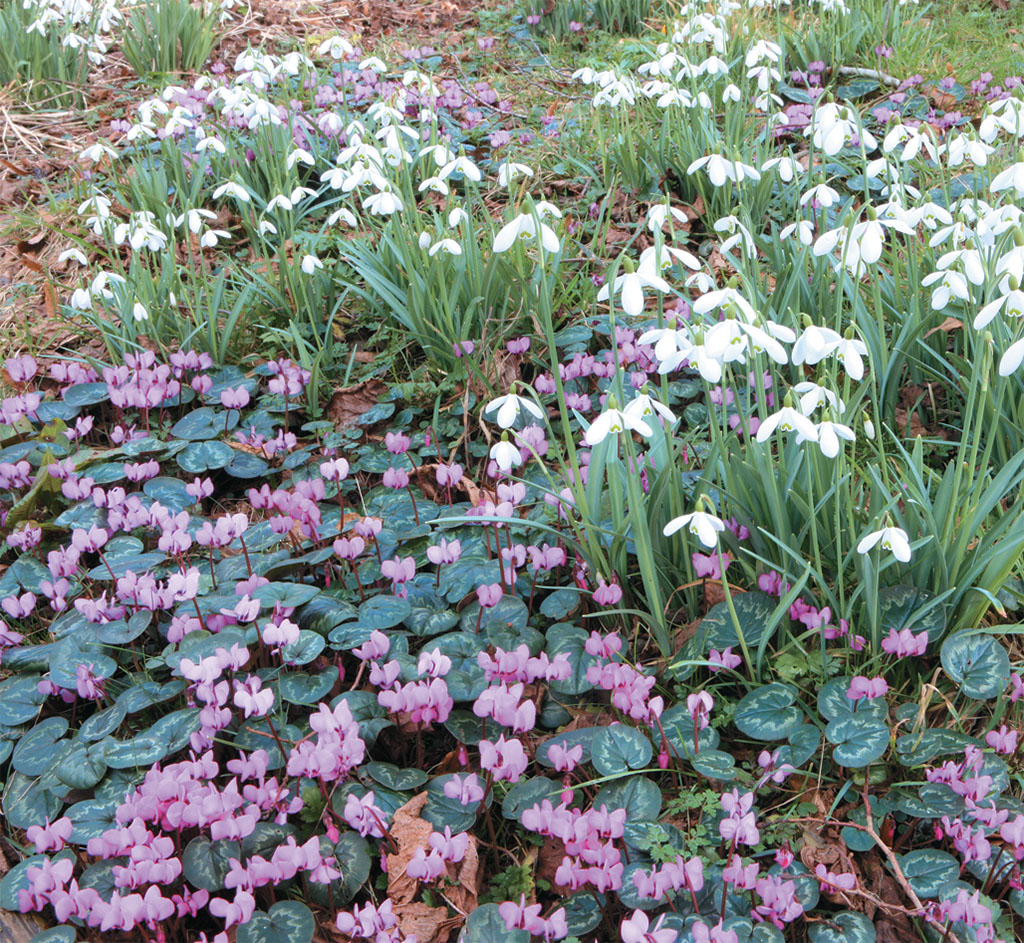
PAUL FELIX
“We have to look at every plant to decide if it will make it into our new book,” Grimshaw says. “We only have four to six weeks each year to do the research and we travel the length and breadth of the country. It’ll take us at least five more years to do.”
Great gardens to uplift the spirits at snowdrop time include Anglesey Abbey, Cambridge, Kingston Lacy in Dorset and Brandy Mount House Gardens in Hampshire.
Cambo Estate near St. Andrews on the east side of Scotland offers popular Snowdrop Breaks in studio apartments and cottages. Visitors have 70 acres of woodland carpeted in snowdrops, snowflakes and aconites; there are weekly tours with gardeners, and galanthophile Lady Erskine hosts a lunch and tour of her collection—Cambo boasts 300 varieties of specialist snowdrops.
The Erskine family has lived at Cambo since 1688. The grandmother of current owner Sir Peter first took an interest in snowdrops. “She had eight children and paid each one a penny per 1,000 snowdrops that they dug up and divided [to propagate them],” Fay from the estate office reveals.
The present Lady Erskine started a mail-order snowdrop business many years ago, to fund the revival of Cambo’s historic walled garden. “We send out snowdrops from September to May,” Fay says. “We live and breathe snowdrops throughout the year. People do see them as wonderful, coming after bleak winter. But they also buy them for nostalgic reasons, to decorate coffins and then plant on graves as a living memory. We do Valentine posies as well, supplied with the whole bulb so that they can be planted.”
Messengers of spring and hope, coveted by green-fingered collectors, focal point for social gatherings and traditional cameos of village life: Long may Britain’s snowdrops flourish and triumph as winter melts away once more.





Comments